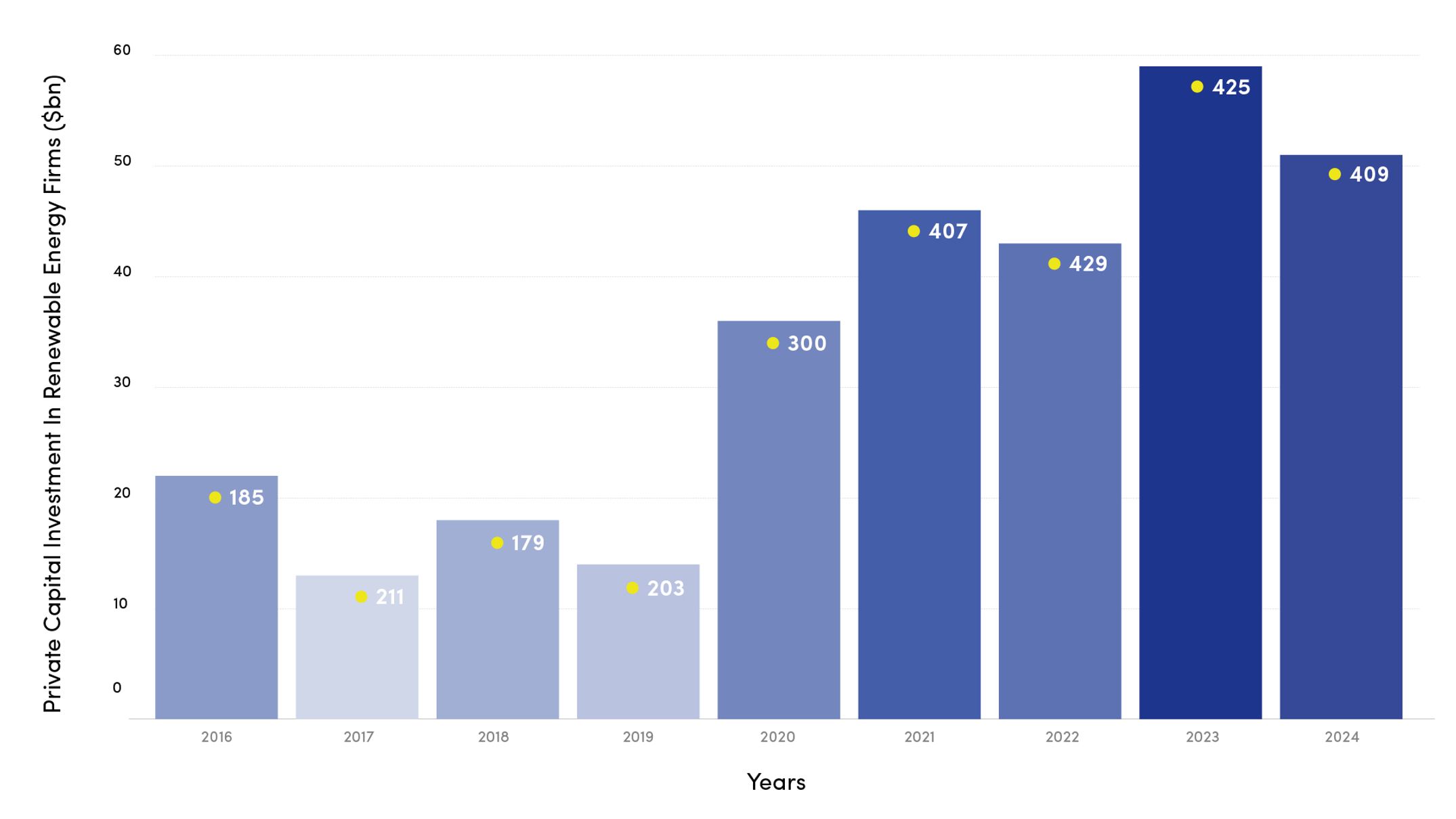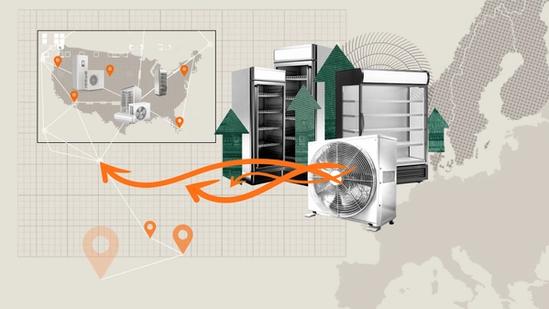How to Build Resilience and Prevent Blackouts in a Renewable World


With catastrophic blackouts hitting Europe, infrastructure resilience is rising to the top of the agenda. Battery storage and long-term planning are helping to strengthen power grids as the rapid growth of AI, electric vehicles and renewables reshape demand.
- Major power outages, such as those in Spain and at London’s Heathrow Airport, highlight the urgent need for resilient infrastructure.
The catastrophic power outage in Spain and Portugal in April offered a stark reminder of the importance of infrastructure resilience. The blackout plunged millions of people into darkness, shutting down businesses and immobilizing trains and mobile networks.
The stability of electricity grids may not be a headline topic, but it’s critical. The 200,000 passengers affected by Heathrow Airport’s power outage in March will testify to that, too. A single fire and poor planning crippled one of the world’s busiest air travel hubs.
“The great thing about infrastructure assets is that when they work, no one is talking about them – they are humming away reliably in the background,” said Parham Abuhamzeh, a managing director at EQT. “Once households can no longer turn their lights on, everyone realizes the importance of resilience.”
Infrastructure assets across all key industries, including energy, digital, transportation and healthcare, deliver essential services to society that are expected to be available at all times. However, this is particularly important in the energy sector, which needs to provide a constant balance between production and consumption to make sure supply always meets demand. The recent blackout in Spain and Portugal underscores the crucial role that infrastructure plays in facilitating immediate and reliable supply.
“There’s more than enough capital to build a resilient energy system – it’s just a matter of will,” said Abuhamzeh, who is also a board observer at German battery developer ju:niz Energy.
Rise of Renewables
The green energy transition makes this even more urgent. While the world’s energy demand increases as AI (fueled by energy-hungry data centers), electric vehicles and other technologies develop at a pace, the variable nature of renewables adds to the challenge for aging grids. Solar and wind output varies with the weather and time of day.
Spain’s government has said that the power crisis stemmed from technical and planning errors that left the grid unable to handle a surge in voltage, insisting that the country’s renewable energy output wasn’t the cause. However, the outage has sparked a debate over the country’s increasing reliance on sources like solar and wind power and decreasing dependence on nuclear energy or gas-fired plants. Spain aims to generate 81 percent of its energy from renewable sources by 2030, compared with about 56 percent last year.

Battery power and storage systems are part of the solution, according to Benjamin Bygott-Webb, a managing director at EQT and non-executive director at Statera Energy, a U.K.-based company that focuses on grid-balancing technologies.
Those systems can store electricity during periods of overproduction, when the sun is shining and wind is blowing, and release it when it’s needed. This helps flatten out imbalances in supply and demand that can create blackouts. The technology also gives steel-makers, industrial giants and other companies greater certainty, allowing them to take out long-term fixed energy contracts. Today, energy price surges due to geopolitical events, such as Russia’s invasion of Ukraine, send production costs soaring.
Different Directions
Developing long-term strategies to mitigate risk is vital. The U.K., which more than doubled its output from renewable energy sources over the past decade as its costs declined, has emerged as a leader in Europe in building a more flexible and resilient grid that’s able to adapt to fluctuating demand and supply in real time, Bygott-Webb said. But countries vary in their levels of preparedness. In Malta, which has had two consecutive summers of blackouts due to its faltering grid, 48 percent of the population feels vulnerable to critical infrastructure failures, according to European Commission data.
In Ireland, fears of blackouts led authorities to block plans for additional data centers after those complexes built by companies such as Amazon, Google and Microsoft surpassed all of the country’s urban homes in electricity usage in 2023. The data facilities and their powerful computers have consumed more than a fifth of the nation’s electricity, the highest proportion in the world, according to the International Energy Agency.
Although AI poses new challenges, its data-analyzing prowess can also play a positive role. “As grid management involves potentially millions of distributed sources, such as rooftop solar, EV batteries, and behind-the-meter storage, sophisticated AI-driven software will be required to help handle that complexity,” Bygott-Webb said.
It’s a Matter of Will
Myriad risks, including climate crises and cyber attacks, continue to threaten grid stability. Market forces alone won’t ensure resilience. Legislation, regulation, and market guidance are also key to boosting the reliability of infrastructure, particularly in the renewable energy sector, with battery storage providing an important backstop, Abuhamzeh said.
“Much of Europe’s infrastructure was built in the postwar era,” he said. “A decisive increase in infrastructure spending will be necessary to support the growth of energy-intensive industries and to meet rising demand from the broader electrification of the economy. Reliable infrastructure is essential to sustaining Europe’s long-term competitiveness.”
ThinQ by EQT: A publication where private markets meet open minds. Join the conversation – [email protected]






